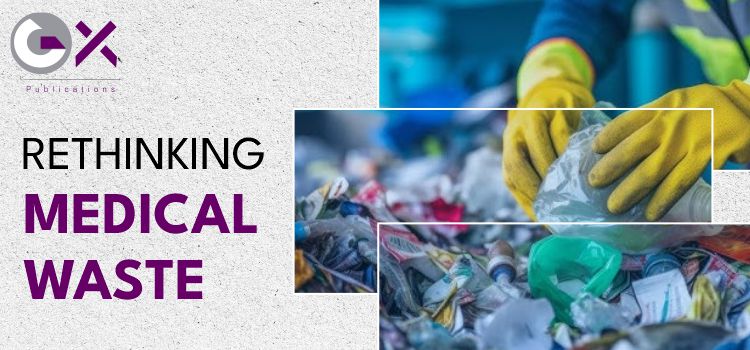
Medical waste includes anything thrown away during healthcare activities. This can be needles, bandages, used gloves, expired medicines, or chemicals. It can come from hospitals, labs, clinics, or even home care.
Many of these items are dangerous. Some spread disease. Others contain chemicals that can harm people or the environment.
Every country deals with this waste. Some do it well. Some still struggle. The problem is growing—and it needs smart, safe answers.
Healthcare saves lives. But it also produces a lot of trash. In 2023, the World Health Organisation reported that about 16 billion injections were given every year. Most needles end up in the trash.
Hospitals and clinics also throw away tons of gloves, masks, and gowns. These can carry bacteria or viruses. If not handled safely, they can make people sick.
Here are some dangers:
The risk is not only to patients. It also affects waste workers, cleaners, and even nearby communities.
Not every country treats medical waste the same way.
Common disposal methods include:
These methods are not perfect. Burning waste may kill germs, but it releases smoke that pollutes the air. Landfills can leak dangerous fluids. Chemicals can mix with water or soil.
In low-income countries, many hospitals lack proper systems. Some dump waste in open pits. Others mix it with regular trash. This puts more people at risk.
SwedenSweden recycles a large amount of medical waste. They turn some of it into energy. Their incinerators use special filters to reduce air pollution. Hospitals are trained to separate waste into proper bins.
IndiaIndia faces a high amount of medical waste, especially after the COVID-19 pandemic. But progress is happening. Mobile incinerators help remote areas. Many hospitals now teach staff to separate waste at the source.
RwandaRwanda runs awareness programs to teach health workers how to handle waste. Hospitals use color-coded bins for different types of waste. The government enforces strict rules on waste collection.
United StatesHospitals in the U.S. work with private waste companies. Some use machines that shred and steam-clean waste on-site. Many also track waste using software and follow national safety rules.
Many experts are working on better, cleaner ways to deal with medical waste.
Here are some of the new methods:
These solutions not only protect health but also lower costs in the long run.
Every healthcare facility—big or small—can make better choices.
Here are some steps:
Simple steps like these can protect workers, reduce harm, and save money over time.
The World Health Organization (WHO) offers clear safety rules for medical waste. But not every country can meet these standards on its own.
Some key actions include:
Medical waste is a global issue. It affects public health, the environment, and safety. But it is also a problem with clear, workable answers.
Some countries have already shown what's possible. With smart choices, teamwork, and the right tools, safer disposal can become the norm, not the exception.
No comments yet. Be the first to comment!
Your email address will not be published. Required fields are marked *